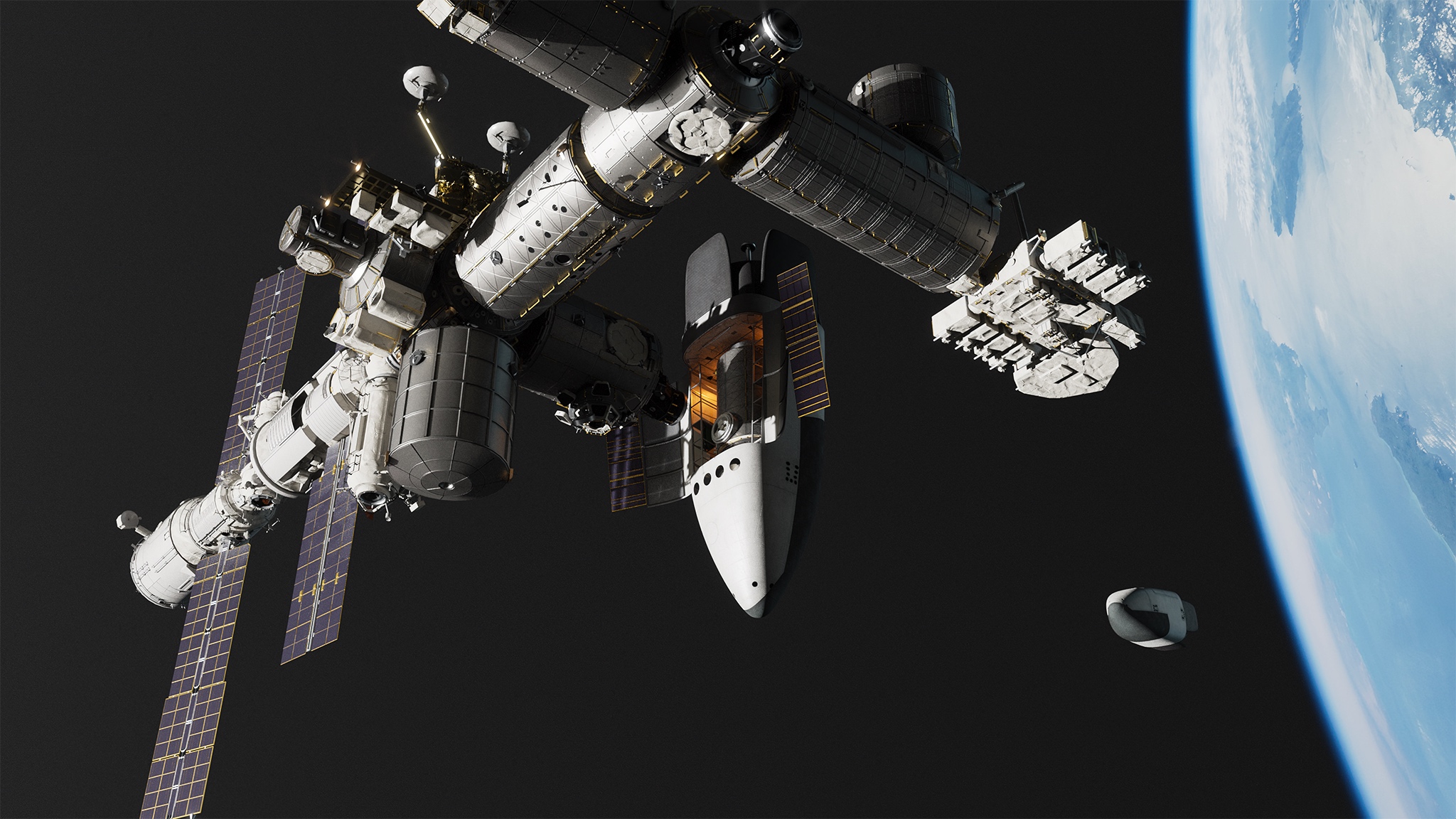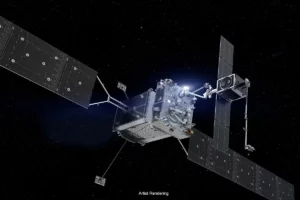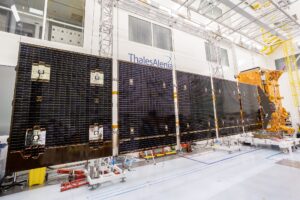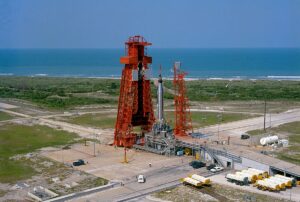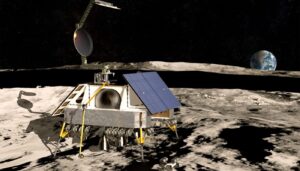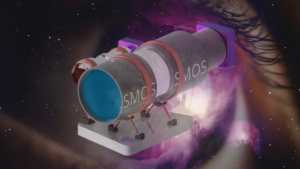
WASHINGTON — The European Space Agency sees strong interest from industry in a new initiative to support development of commercial cargo vehicles, a step towards a European human spaceflight capability.
ESA released a call for proposals, which the agency calls an invitation to tender (ITT), Dec. 20 for its LEO Cargo Return Service program. The program, announced by the agency in November after a Space Summit meeting in Seville, Spain, is patterned on NASA’s Commercial Orbital Transportation Services (COTS) program that led to the development of SpaceX’s Dragon and Northrop Grumman’s Cygnus cargo spacecraft.
Proposals for the first phase of the program are due to ESA at the end of February. The agency expects to select up to three companies for initial contracts with a combined value of 75 million euros ($82 million) to begin design work on those vehicles. ESA hopes to award those contracts by the next Space Summit meeting, scheduled for late May in Brussels.
The long-term goal of the program is to have commercial cargo vehicles in service to the International Space Station by 2028. “We’ve got a very, very challenging target date of launching two demo flights to the International Space Station by the end of 2028 by two different providers,” said Samantha Cristoforetti, an ESA astronaut working on the cargo program, during a Jan. 23 panel discussion at the European Space Conference in Brussels.
“It’s a challenge for us at ESA and obviously it’s a challenge for industry,” she continued, “to make things happen at a speed that, let’s say, is not necessarily typical of the classical ESA development programs we’ve seen.”
Another challenge will be financing. The 75 million euros will fund a first phase of the program lasting two years. A second phase, which will cover development of the vehicles and execution of the demo mission to the ISS, will be funded at ESA’s next ministerial meeting in late 2025.
Daniel Neuenschwander, director of human and robotic exploration at ESA, said during a press briefing at the conference that he expected ESA to seek “in the range of a couple hundred million” euros for the program at the 2025 ministerial. That is significantly less than COTS, where NASA projected in the mid-2000s spending $500 million, an amount that grew as the agency added milestones to both companies’ awards.
That means that companies participating in the program will be expected to contribute significant funding for it. “We are looking for industrial partners out there that see this as a business opportunity,” Cristoforetti said. “Industry will have a lot of skin in the game in this project because we expect significant co-financing from the private side.”
Those challenges have not diminished interest in the program. “We don’t know yet who is going to bid, how many bidders we’re going to get, but I think there is quite some interest,” she said, noting that an online briefing for potential bidders earlier in the month was “very well attended.”
Those prospective bidders span the gamut of European space industry. At one end is the startup The Exploration Company, which had already announced plans to develop commercial vehicles for transporting cargo to and from space. It raised 40.5 million euros last February and plans to fly a small reentry demonstrator later this year.
“I very much appreciate that ESA has changed its way of procurement and issued a competition for cargo to the space station and return,” said Hélène Huby, chief executive of The Exploration Company, on the panel. She said her company saw both ESA and private space station developers as customers for its cargo vehicles.
At the other end is ArianeGroup, the prime contractor for the Ariane 6 launch vehicle. The company announced in 2022 a concept called the Smart Upper Stage for Innovative Exploration (SUSIE), a reusable spacecraft designed to launch atop the Ariane 6 that could be used for cargo and crew transportation. The company started testing of a small scale model of SUSIE last fall.
Cécilia Matissart, chief strategy and innovation officer at ArianeGroup, said on the panel that the company was considering offering SUSIE for ESA’s cargo program. “Our cargo SUSIE concept is really something that has evolved with a very pragmatic approach,” she said. “We are totally engaged today to respond to the ITT from ESA on the cargo challenge.”
ESA, when announcing the cargo competition in November, described it as a step towards developing a crew vehicle, something that a high-level advisory group recommended to the agency last March. That includes requiring vehicles to not only transport cargo to the space station but also be able to return cargo to Earth.
Cristoforetti said one objective of the cargo competition is “to make sure it’s not a dead end cargo vehicle and service we are developing, but is potentially a stepping stone towards a crew vehicle.”
Huby said that her company was thinking about human spaceflight as it works on its cargo capsule, incorporating crew capabilities now that do not have an immediate cost or schedule impact. The near-term focus, though, is on cargo. “We need to make it space this year,” she said. “We need to win the ITT. We work very hard to be a winner.”
- SEO Powered Content & PR Distribution. Get Amplified Today.
- PlatoData.Network Vertical Generative Ai. Empower Yourself. Access Here.
- PlatoAiStream. Web3 Intelligence. Knowledge Amplified. Access Here.
- PlatoESG. Carbon, CleanTech, Energy, Environment, Solar, Waste Management. Access Here.
- PlatoHealth. Biotech and Clinical Trials Intelligence. Access Here.
- Source: https://spacenews.com/esa-sees-strong-interest-in-commercial-cargo-program/
- :has
- :is
- :not
- :where
- $UP
- 20
- 2022
- 2025
- 2028
- 23
- 40
- 75
- a
- Able
- About
- added
- advisory
- After
- agency
- already
- also
- amount
- an
- and
- announced
- Announcing
- appreciate
- approach
- ARE
- AS
- astronaut
- At
- award
- awards
- BE
- because
- begin
- bid
- both
- Briefing
- Brussels
- business
- but
- by
- call
- called
- Calls
- capabilities
- capability
- Cargo
- challenge
- challenges
- challenging
- changed
- chief
- Chief Executive
- combined
- commercial
- Companies
- company
- competition
- concept
- Conference
- considering
- continued
- Contractor
- contracts
- contribute
- Cost
- could
- Couple
- cover
- crew
- Customers
- Date
- dead
- dec
- Demo
- described
- Design
- designed
- develop
- developers
- developing
- Development
- different
- Director
- discussion
- do
- Dont
- Dragon
- due
- during
- Earlier
- earth
- end
- engaged
- ESA
- European
- European Space Agency
- Euros
- evolved
- execution
- executive
- expect
- expected
- expects
- exploration
- Fall
- February
- financing
- First
- Flights
- Focus
- For
- from
- fund
- funded
- funding
- game
- get
- goal
- going
- got
- grew
- Group
- had
- happen
- Hard
- Have
- he
- her
- high-level
- hopes
- How
- HTTPS
- human
- hundred
- i
- immediate
- Impact
- in
- includes
- incorporating
- industrial
- industry
- initial
- Initiative
- Innovation
- innovative
- interest
- International
- international space station
- invitation
- ISS
- Issued
- IT
- ITS
- Jan
- jpg
- Know
- Last
- lasting
- Late
- later
- launch
- launching
- Led
- LEO
- less
- long-term
- looking
- Lot
- make
- many
- May..
- means
- meeting
- Milestones
- million
- Mission
- model
- Month
- much
- Nasa
- necessarily
- Need
- New
- next
- noting
- November
- now
- objective
- of
- offering
- Officer
- on
- ONE
- online
- only
- Opportunity
- or
- Other
- out
- panel
- panel discussion
- participating
- partners
- phase
- plans
- plato
- Plato Data Intelligence
- PlatoData
- potential
- potentially
- pragmatic
- press
- Prime
- private
- procurement
- Program
- Programs
- project
- projected
- Proposals
- prospective
- providers
- quite
- range
- really
- recommended
- released
- Respond
- return
- reusable
- Said
- saw
- say
- Scale
- schedule
- scheduled
- Second
- see
- Seek
- seen
- sees
- select
- service
- Services
- she
- side
- significant
- significantly
- Skin
- small
- smart
- some
- something
- Space
- space industry
- space station
- spacecraft
- spaceflight
- span
- speed
- Spending
- Stage
- startup
- station
- Step
- stepping
- STONE
- Strategy
- strong
- Summit
- support
- sure
- Target
- Tender
- Testing
- than
- that
- The
- There.
- things
- think
- Thinking
- this
- this year
- those
- though?
- three
- to
- today
- TOTALLY
- towards
- transport
- transportation
- transportation services
- transporting
- two
- typical
- us
- used
- value
- vehicle
- Vehicles
- very
- was
- Way..
- we
- WELL
- when
- which
- WHO
- will
- win
- winner
- with
- Work
- working
- works
- year
- years
- yet
- zephyrnet

